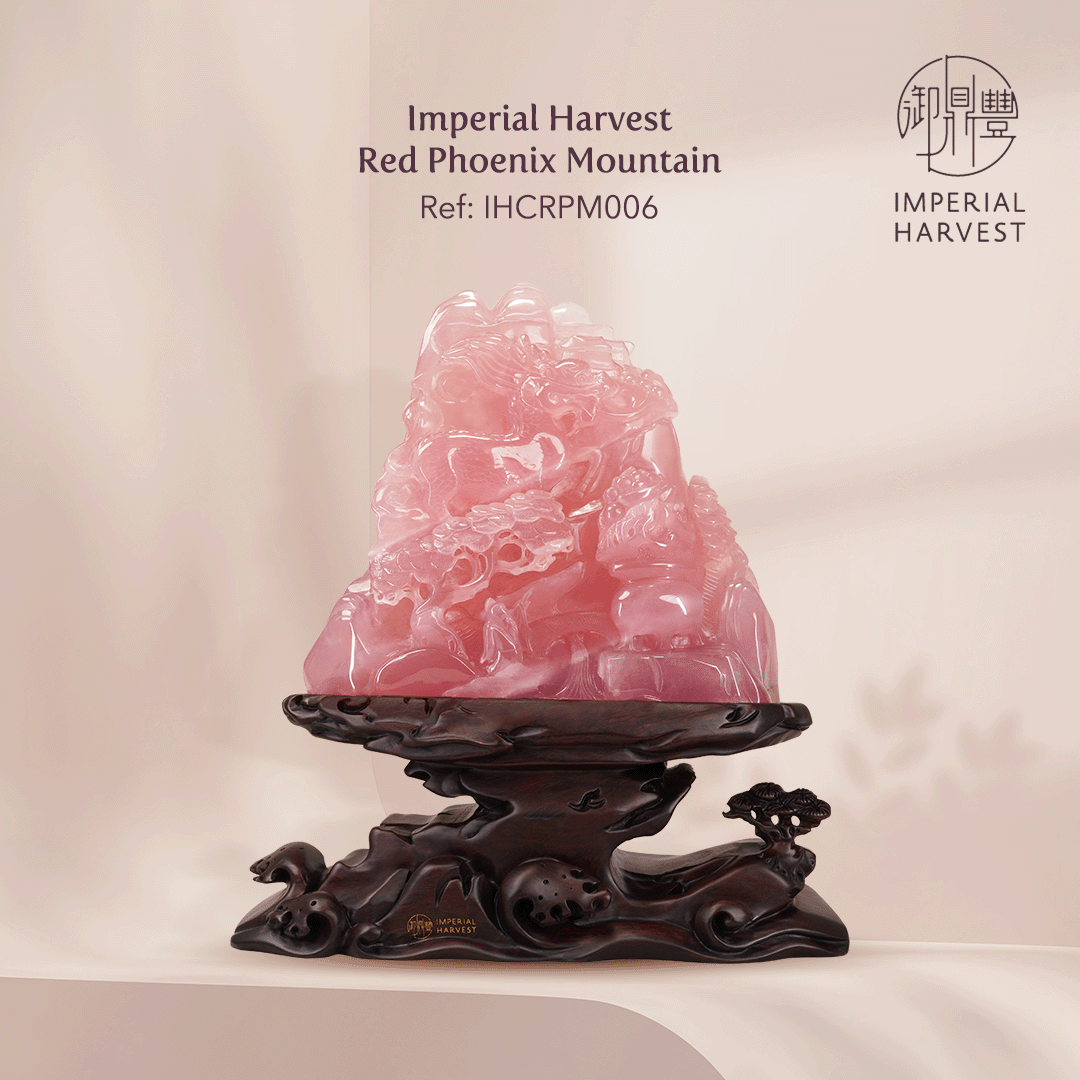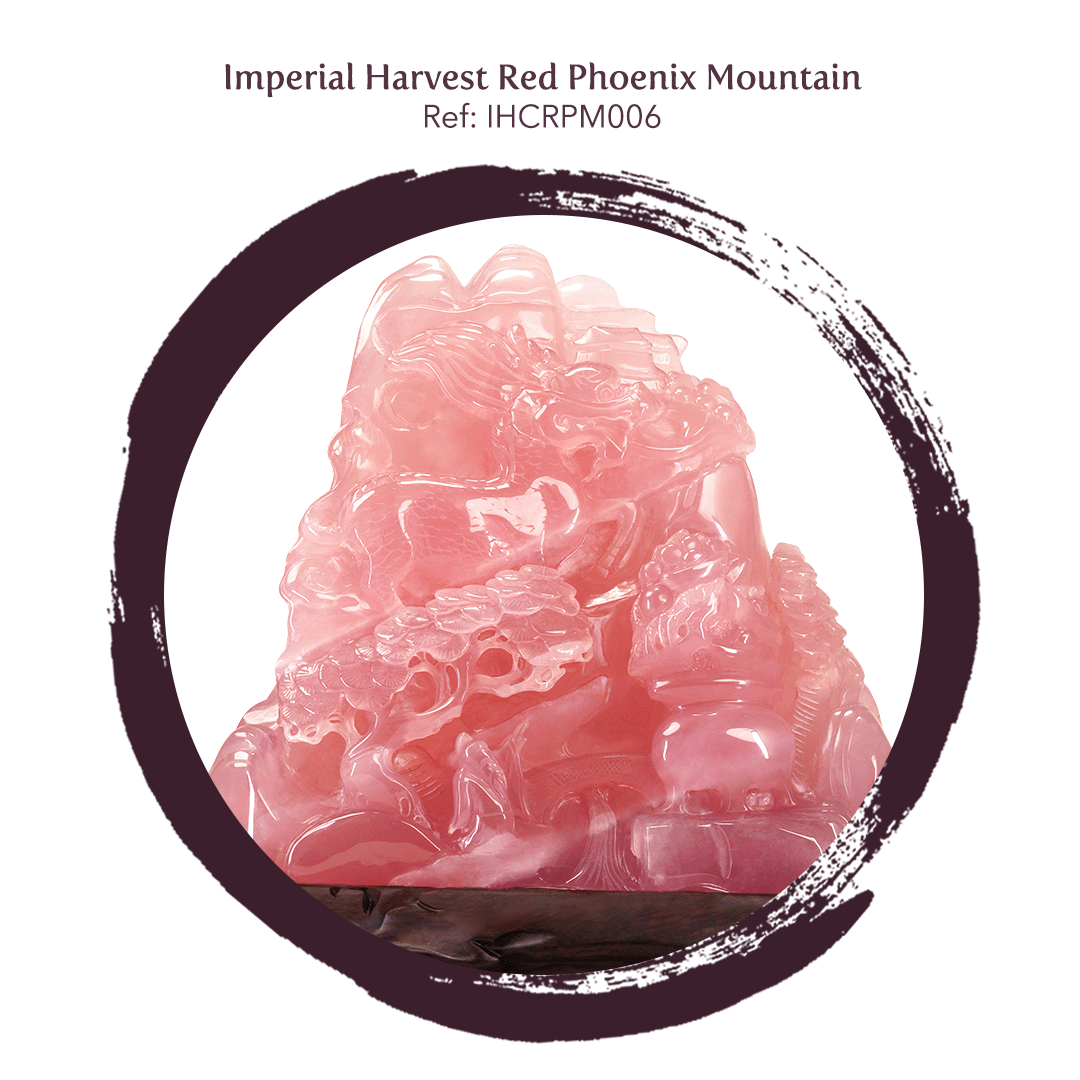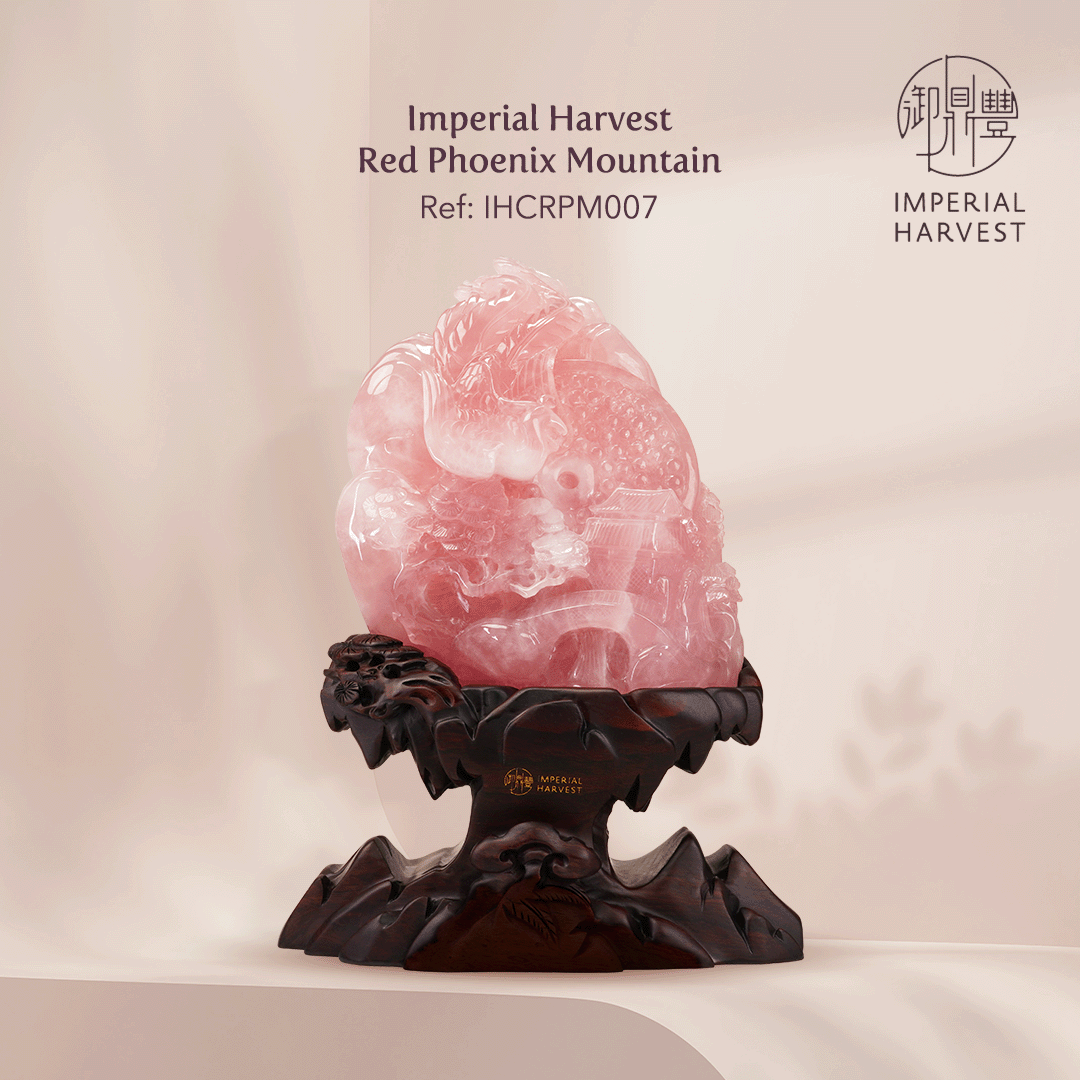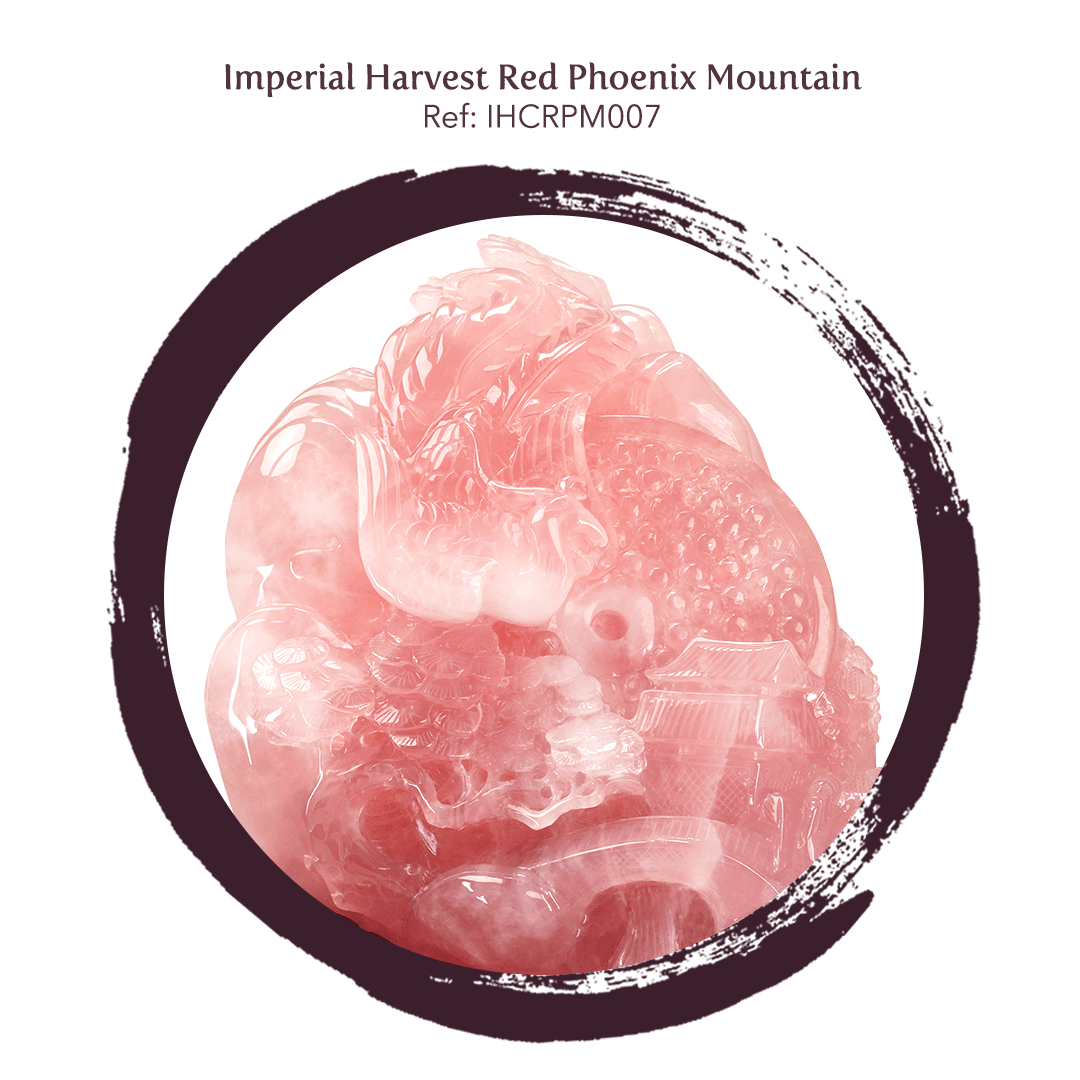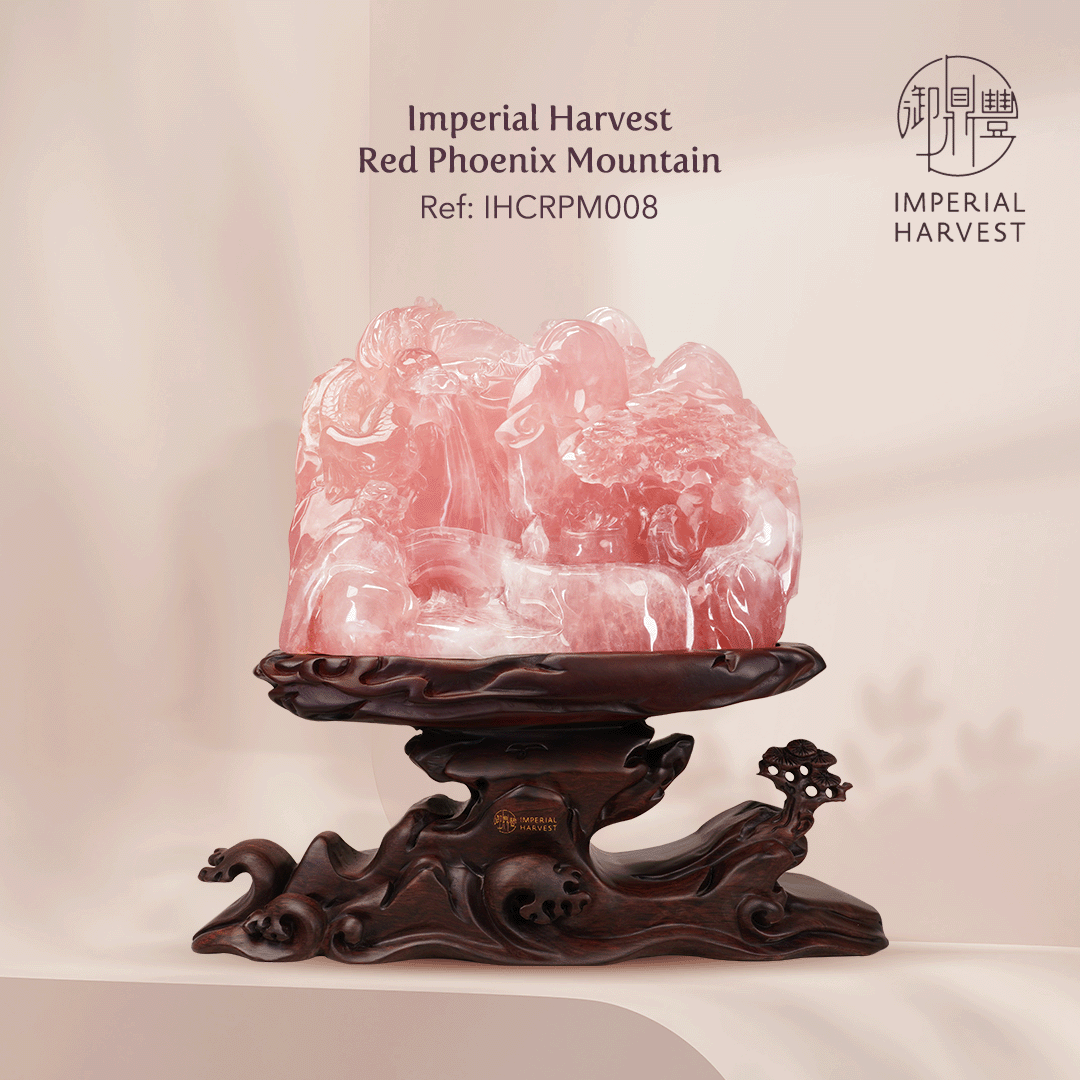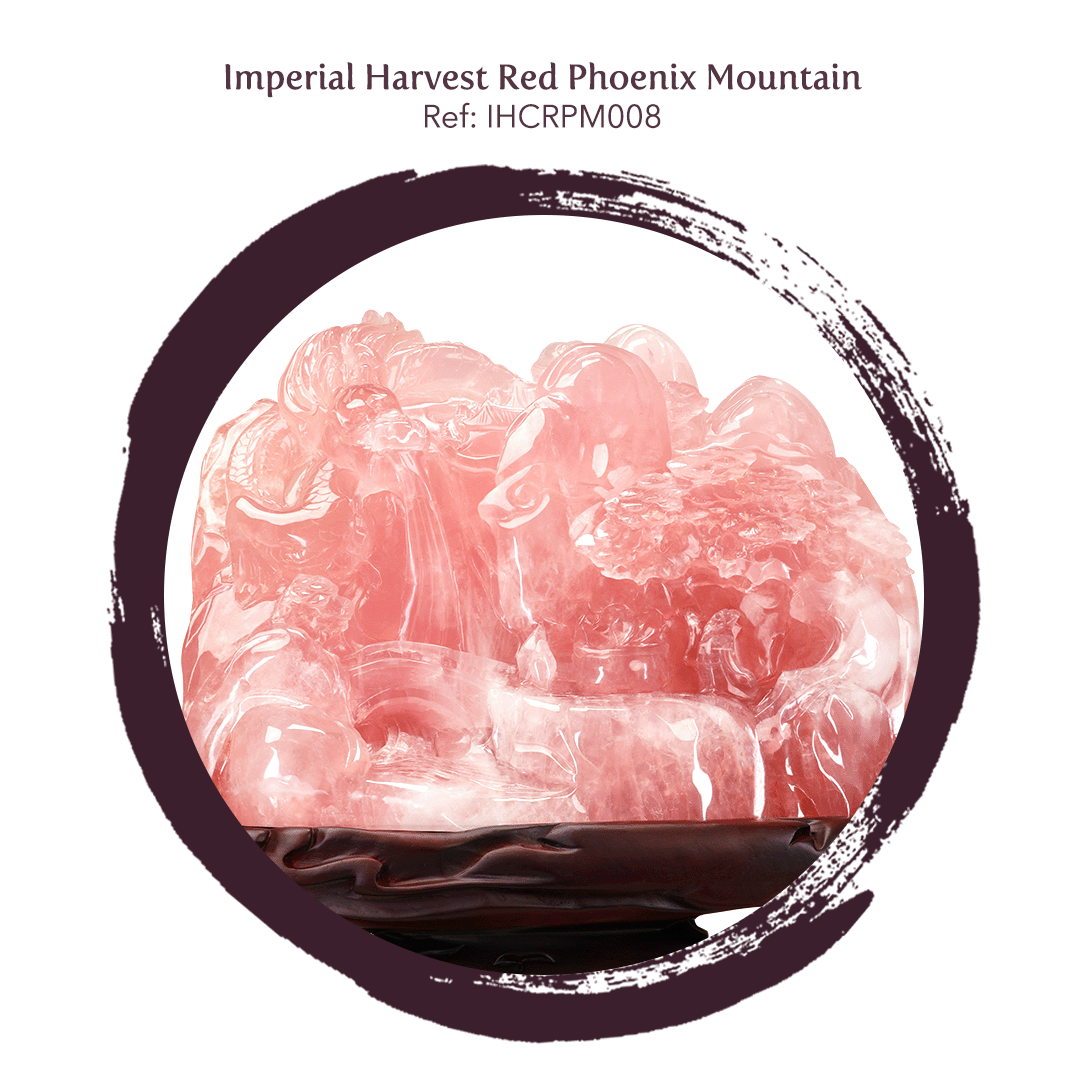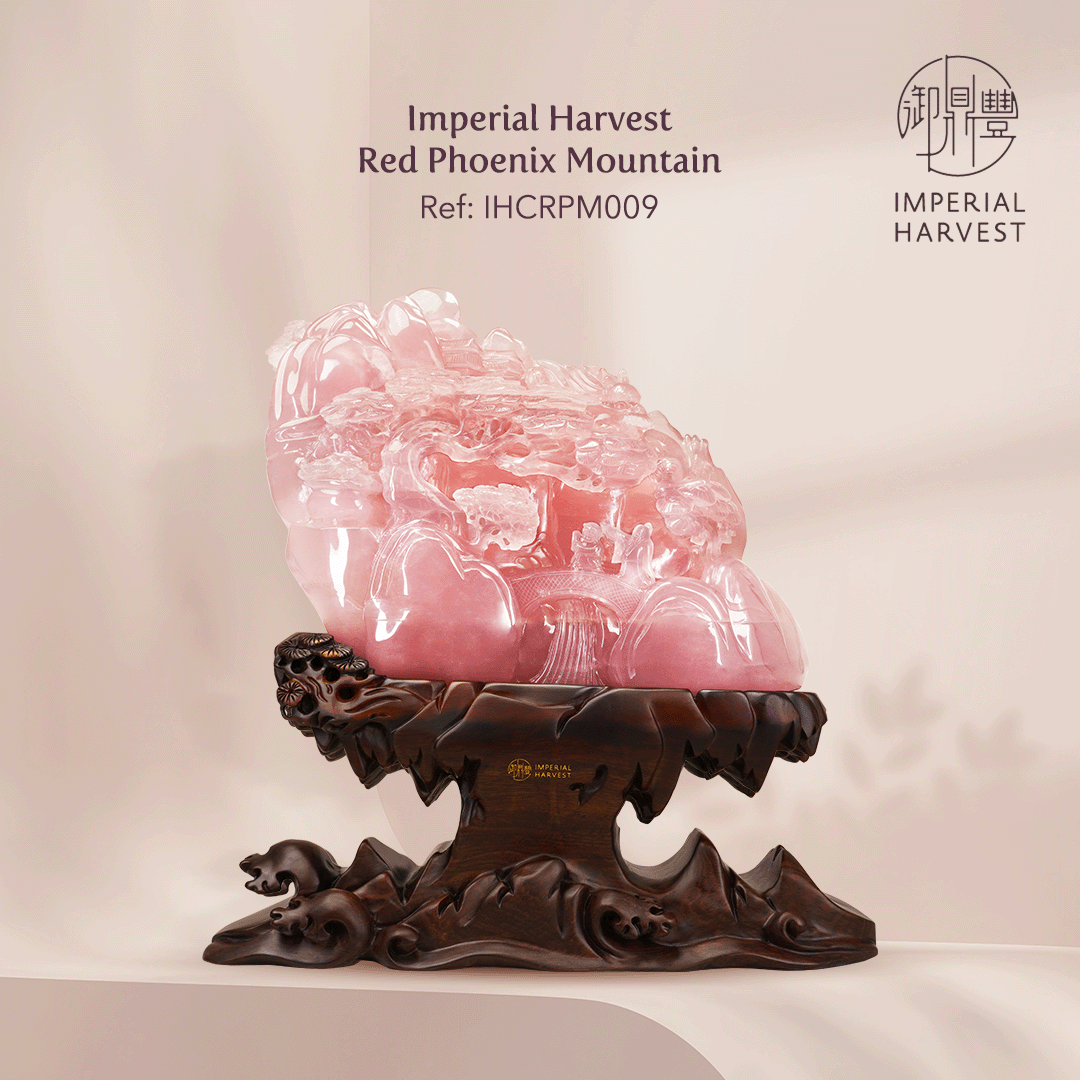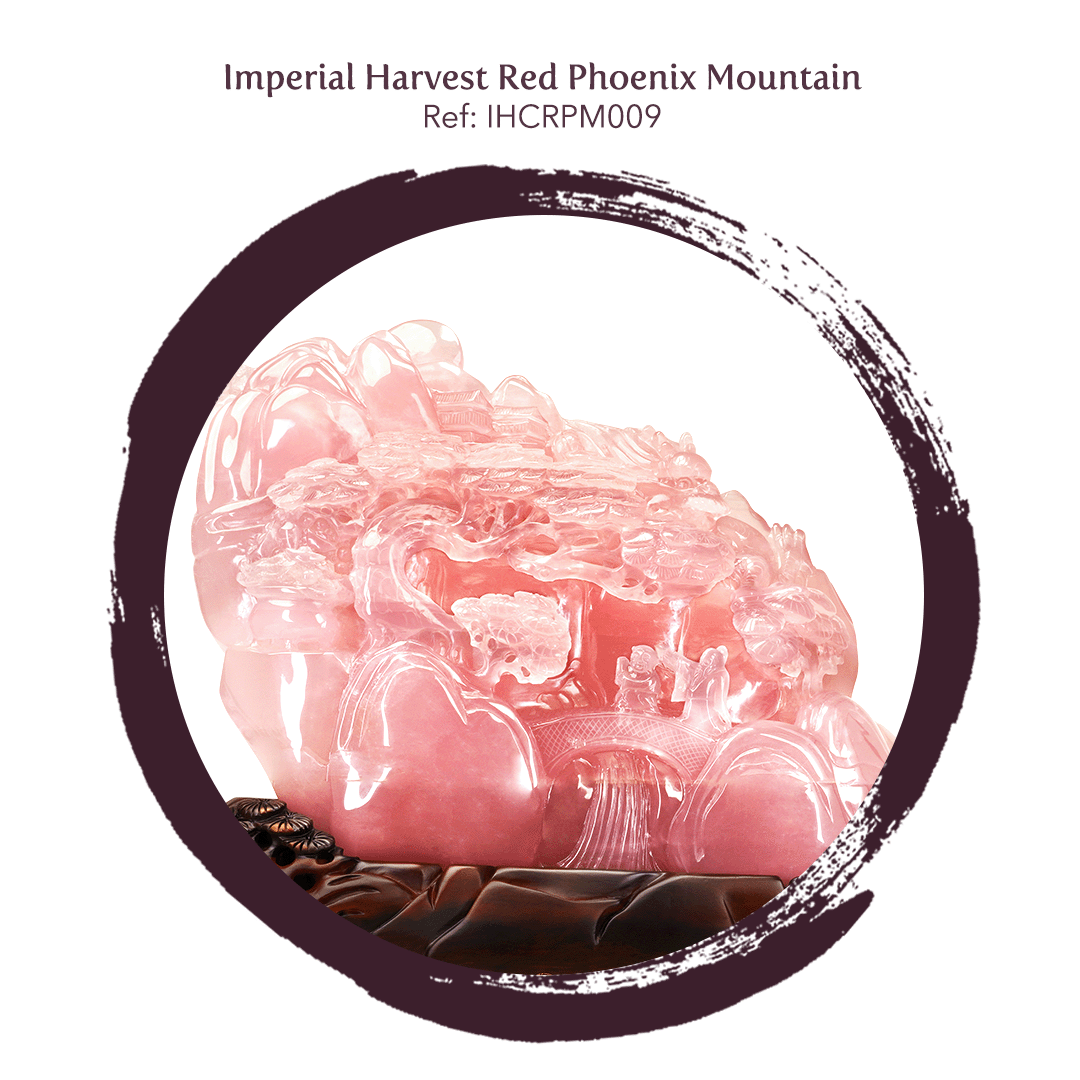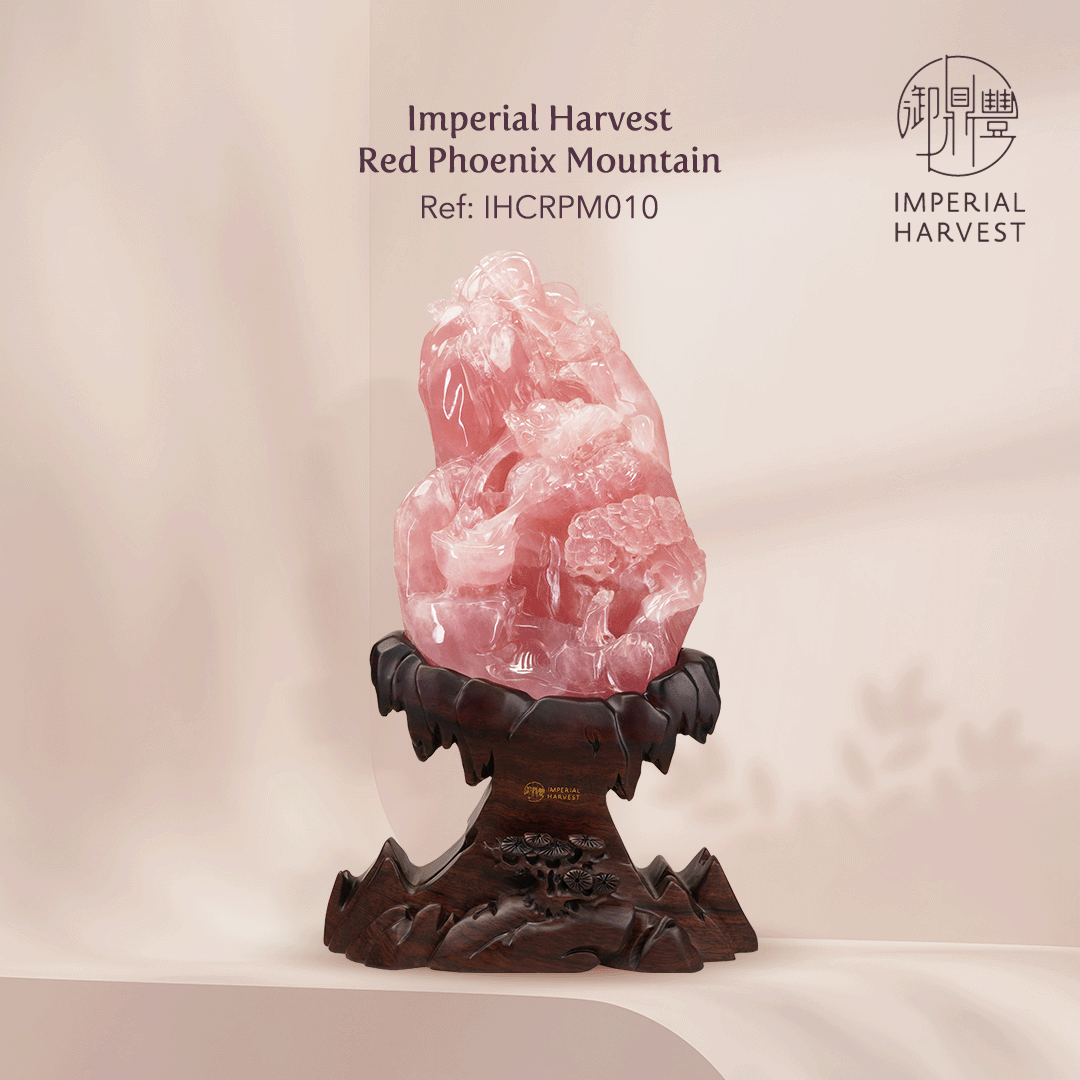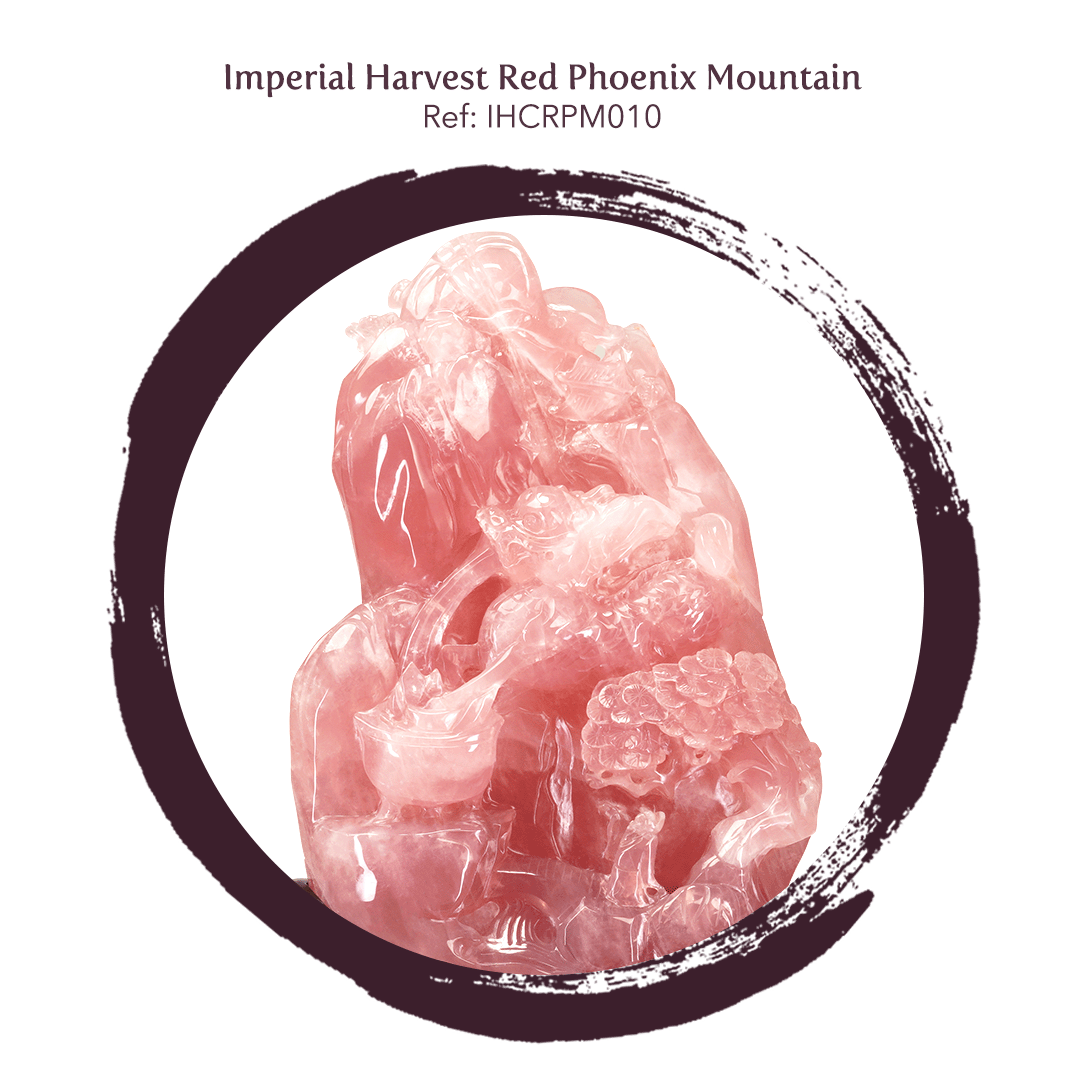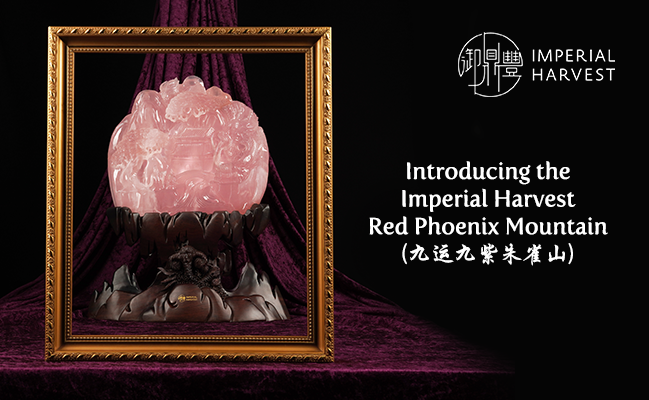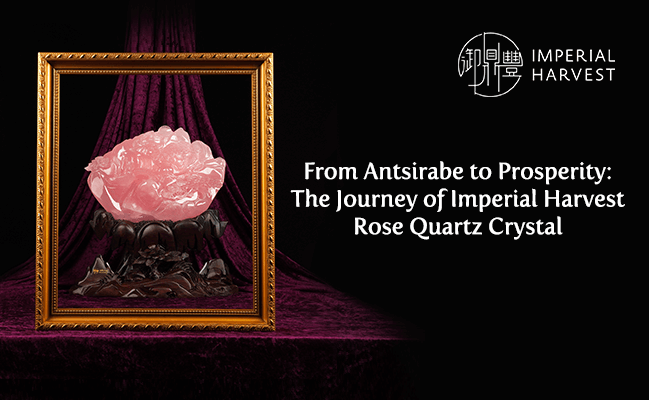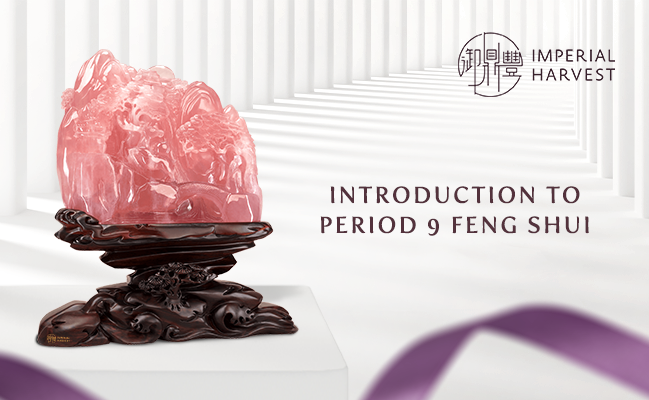

Posted by Imperial Harvest on 16 June 2023
Embracing the spirit of the Summer Solstice
Estimated Reading Time: 4 mins
As the sun reaches its zenith in summer, it heralds the arrival of the Summer Solstice, a momentous occasion celebrated across cultures and traditions. This momentous occasion, also known as Xiazhi (夏至), represents a time of abundance and achievement — bringing a much anticipated period of growth and prosperity that nurtures our aspirations and empowers us to manifest our greatest potential.
Forming the 10th of the 24 solar terms, Xiazhi marks one of the most important periods in Chinese culture. In this article, we explore the cultural and symbolic aspects of the Xiazhi solar term and its relevance to personal growth and achievement. It offers practical advice on how individuals can embrace the spirit of the Summer Solstice in their daily lives, from setting goals and planning for success to harnessing the favourable energies of this auspicious period to lay the foundation for a prosperous future.
In the study of Chinese metaphysics, the summer season aligns with the element of Fire, resonating strongly with Period 9 of the Feng Shui cycle — represented by the Li Trigram (离卦), signifying the Fire element.
Imperial Traditions during the Summer Solstice
In Chinese dynastic history, the Summer Solstice was met with a flurry of festivities, with traditional celebrations dating as early as the Han dynasty (202 BC to 220 AD). Where the Winter Solstice is the shortest day of the year, the Summer Solstice marked its longest day. In particular, these most auspicious solar terms were greeted with great reverence and were deemed by ancient Chinese emperors as great occasions to hold magnificent festivals and celebrations.
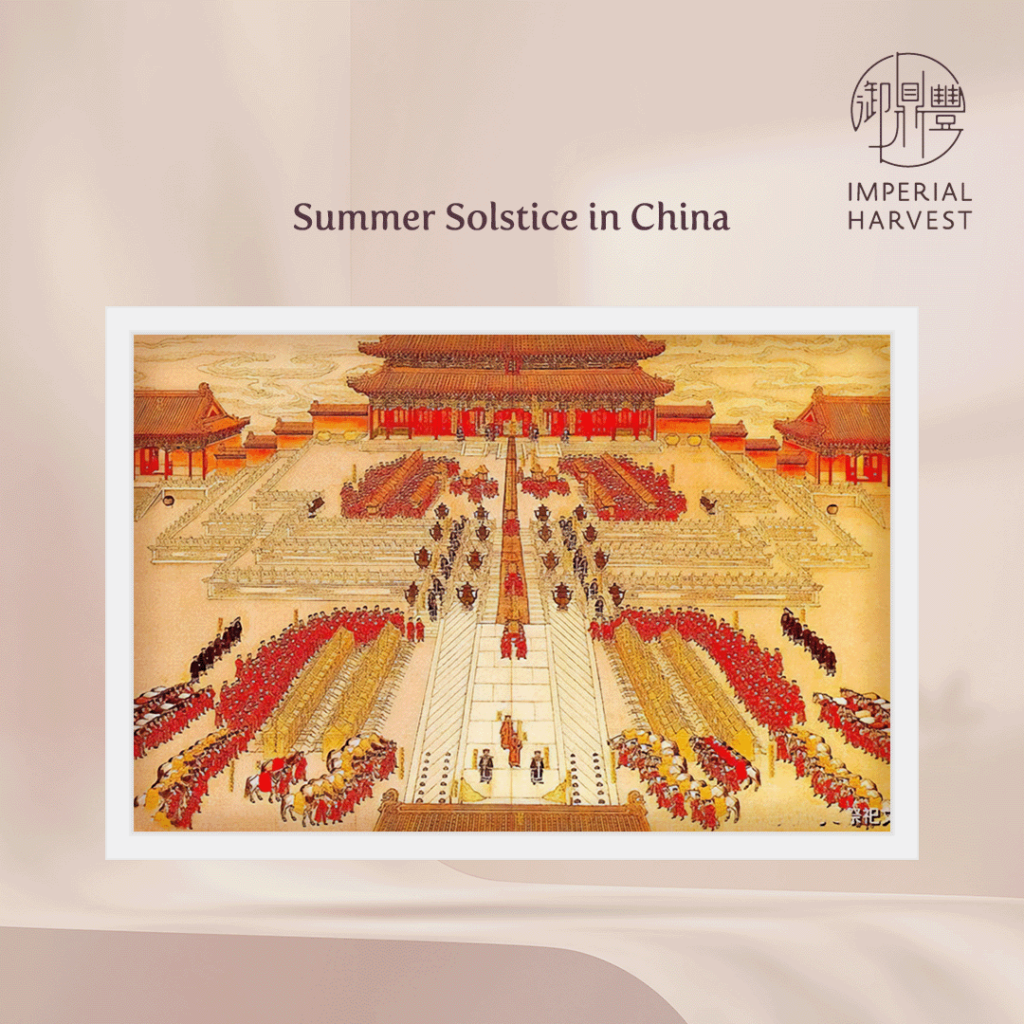
Where the Winter Solstice celebrations called for the worship of Heaven, the Summer Solstice brought with it a time for Earth worship. In ancient China, the Summer Solstice celebrations were often referred to as the Summer Solstice Festival (夏至节). Historically, communities from all walks of life seized the Summer Solstice as an opportunity to devote their prayers and gratitude to the God of Earth, Tua Pek Gong (土地公) — one of the most powerful wealth gods and manifestations of auspicious luck in Chinese culture.
Harvest Celebrations and Imperial Rites
Generations of emperors across the Ming and Qing dynasties patronised the Temple of Earth during the Summer Solstice festivities. The reverent ritual worship carried out by these esteemed rulers was believed to usher in great wealth, prosperity and abundance to their empires.
The Ming and Qing dynasty emperors would ascend the Temple of Earth, conducting worship rites with exuberant flair in celebration of the God of Earth. Having been commissioned by Emperor Jiajing of the Ming dynasty and completed in 1530, the Temple of Earth stands as one of Beijing’s most culturally significant historical monuments.
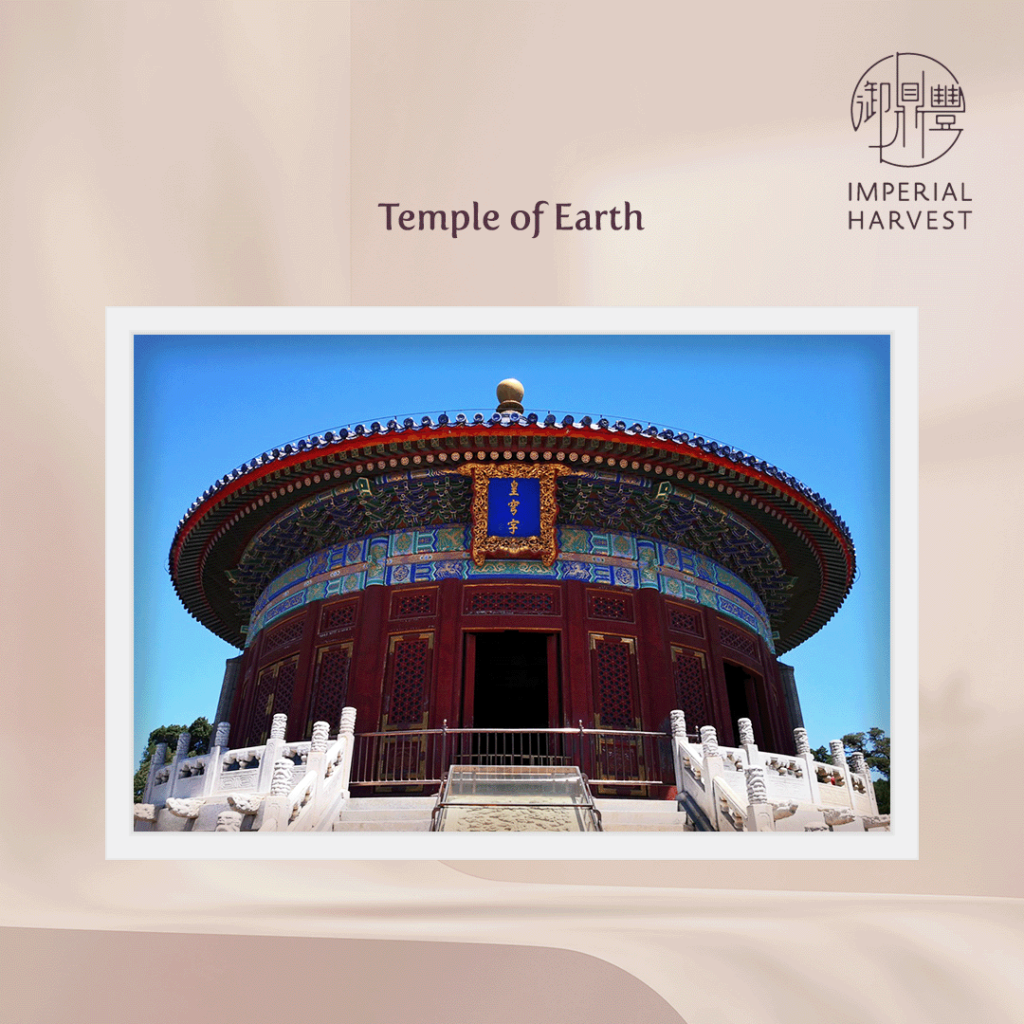
The temple stands on a square-shaped altar, and is encircled by water channels — a grand allusion to the ancient Chinese principle of “天圆地方”, or “Round Heaven, Square Earth”. These architectural traits are symbolic of the Temple of Earth’s status as a sacred site of worship for bountiful harvests. The temple’s main altar, known as the Fangze Temple, was designed to offer tributes to the God of Earth.
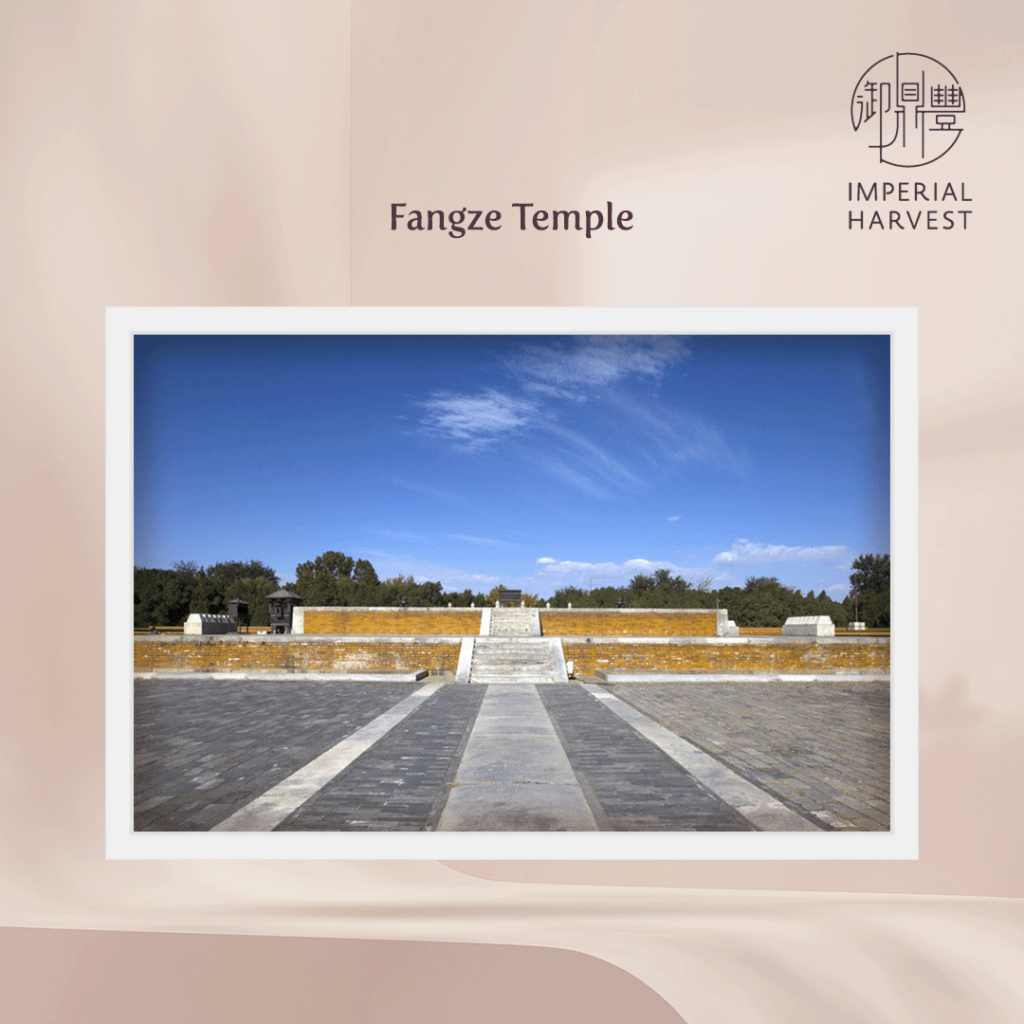
In celebration of personal achievements and in preparation for the upcoming new era in Feng Shui, this Summer Solstice shapes up to be immensely significant as we sow seeds of prosperity in preparation for Period 9 of the Feng Shui cycle.
Imperial Harvest Red Phoenix Mountain (九运九紫朱雀山)
Introducing the latest Imperial Harvest Red Phoenix Mountain Collection (九运九紫朱雀山), a testament to unparalleled craftsmanship, time-honoured heritage and abundant prosperity.
Sourced from the region of Antsirabe in central Madagascar, the collection features extremely rare Unheated Fancy Vivid Pink Rose Quartz. The region’s unique combination of geological forces — heat, pressure, and chemical composition — have given rise to the formation of precious gemstones, including the exquisite Unheated Fancy Vivid Pink Rose Quartz.
This precious stone stands out among gemstones for its captivating pink hues and mesmerising beauty. Unlike other gemstones, Imperial Harvest’s Unheated Fancy Vivid Pink Rose Quartz does not undergo any heat treatment, allowing it to retain its natural colour and purity.
In the realm of exquisite craftsmanship and profound symbolism, the Imperial Harvest Red Phoenix Mountain Collection reigns supreme, harmoniously blending artistry and opulence. Years of unwavering dedication, meticulous research, and unparalleled craftsmanship have culminated in this exceptional tribute to the celestial animal of Period 9, the Red Phoenix (朱雀).
Each masterpiece within this collection exudes a harmonious fusion of creativity and manifestation, inviting individuals on an extraordinary journey towards unparalleled success and boundless abundance and the epitome of elegance and exclusivity. Within the resplendent depths of the Imperial Harvest Red Phoenix Mountain Collection lies a rich tapestry, its wealth-garnering features and their profound impact on the path to prosperity that resonates with the desires and aspirations of individuals seeking abundance and success.
Learn more about the Imperial Harvest Red Phoenix Mountain here
Imperial Harvest’s expert consultants are always on hand to guide you on your journey and provide you with insights to help you realise your fullest potential. Book a complimentary consultation today or contact us at +65 91221826.
We are located at
For prospective clients:Imperial Harvest402 Orchard Road
Delfi Orchard #02-07/08
Singapore 238876 For existing clients:Imperial Harvest Prestige
402 Orchard Road
Delfi Orchard #03-24/25
Singapore 238876
Most Read Articles
Get to read our life changing articles and get inspired.

A Comprehensive Guide to the History of Bazi (八字)
Estimated Reading Time: 5 mins Bazi (八字) is often mistakenly assumed as the Chinese counterpart of western Astrology. The similarities between both systems lie in their utilisation of birth dates and time in their calculations, and the ability to be read from a tabulated chart. Where Astrology may take into account the positions of different […]
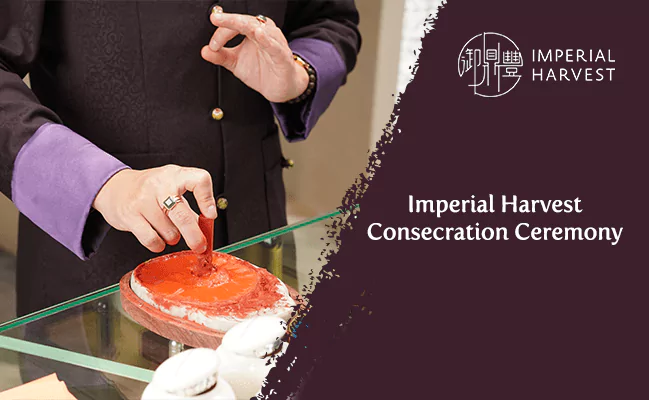
Imperial Harvest Consecration Ceremony
Estimated Reading Time: 5 mins At Imperial Harvest, each earthly treasure undergoes a series of consecration rites performed by Master David, before it is bestowed upon its blessed owner. Every aspect of these sacred Chinese anointing rituals is carefully examined and accurately represented in Master David’s blessings, reflecting Imperial Harvest’s deep respect for these esteemed […]
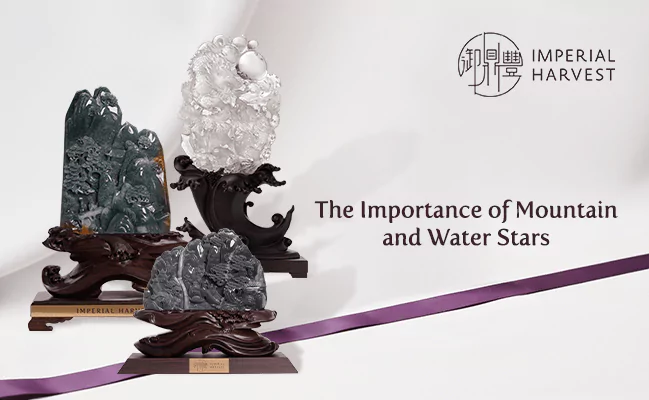
The Importance of Mountain and Water Stars
Estimated Reading Time: 4 mins “山管人丁,水管财”, is a well-cited principle in the study of Imperial Feng Shui that translates to “Mountains govern benefactors, authority and harmony, while Water governs wealth, opportunities and intuition”. This principle reiterates a critical factor in Imperial Feng Shui — balance is the key to achieving success in life. As mountain […]
